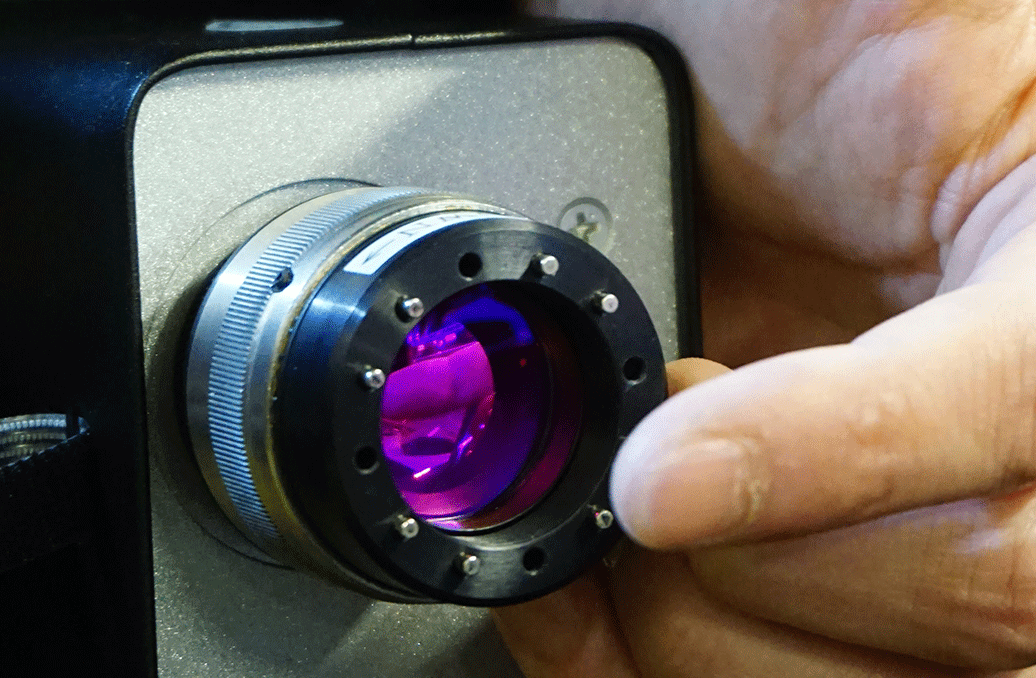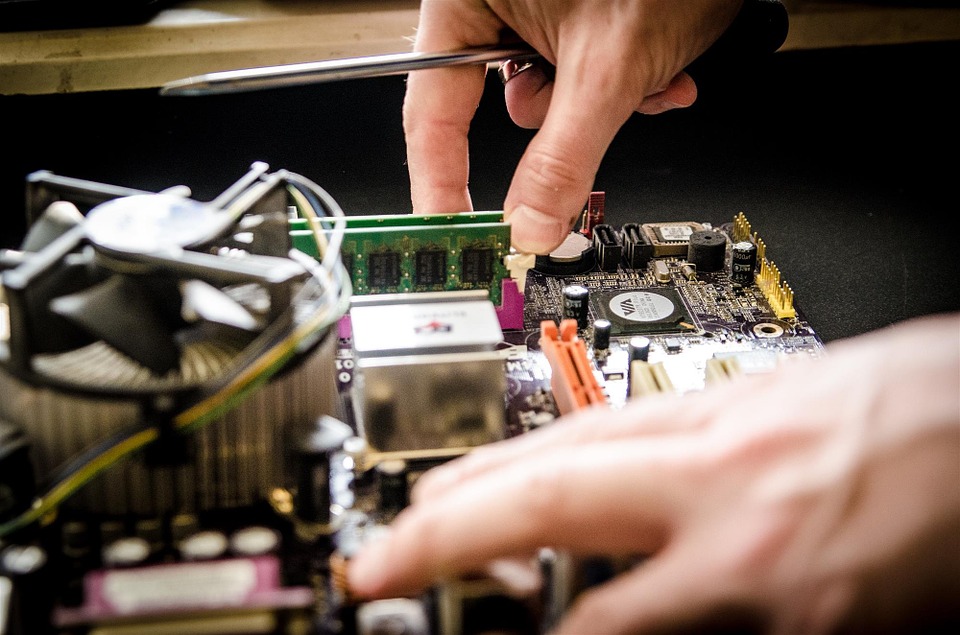
Research at the service of innovation
The professors at Telecom SudParis with expertise recognized by the quality and relevance of their work are the driving force behind our research strategy.
Our mission is to meet the challenges of the future by supporting the digital transformations of our society, the economy and business through ambitious scientific projects.
Professors at Telecom SudParis conduct high-level research activities that address today’s major societal issues within the framework of the SAMOVAR CNRS Research Laboratory, in close collaboration with industry.






